The nation’s oldest Catholic diocese in Baltimore is planning a closure of parishes that follows a national trend of declining attendance for Catholic services and a shortage of priests entering the faith.
A new plan by the Archdiocese of Baltimore would see the closing of nearly two-thirds of parishes in the city, a plan which has many Catholics in the area expressing visceral distress.
Stomach Punch

Parishioner Patrice Ellerbe from St. Veronica had attended a public forum at the end of April to hear the new plan and described how she felt about her 79-year-old Black Catholic parish suddenly about to close.
“It felt like a punch in the stomach,” Ellerbe said. While the plan was being read aloud, the audience in the cathedral erupted in a wave of booing.
Falling Attendance
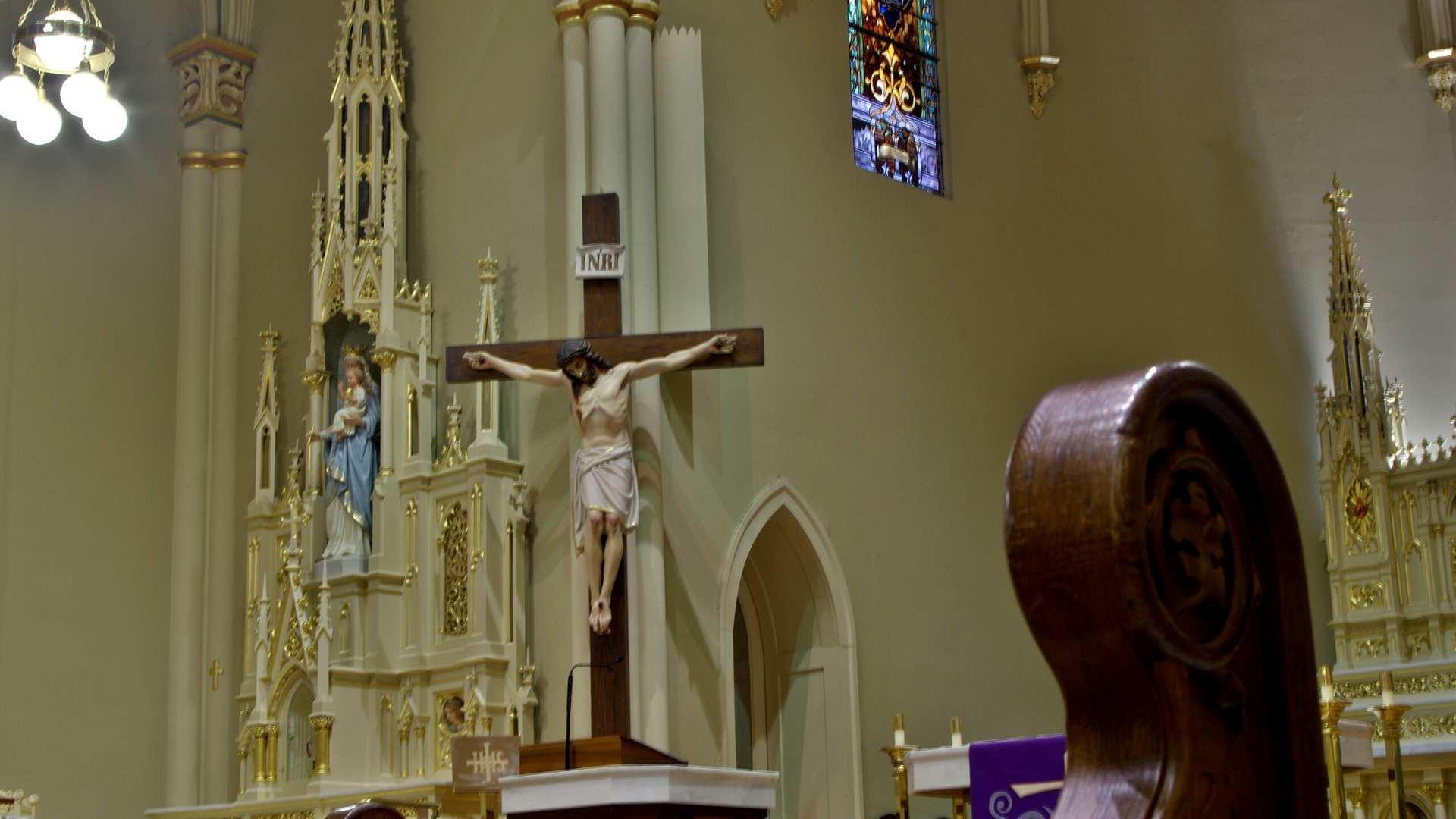
The Catholic church in the United States is suffering from a recent trend of floundering attendance in services, with Baltimore being among the areas suffering due to shrinking membership.
According to the Archdiocese of Baltimore, there used to be 250,000 members attending Catholic services on Sundays in the area. Now that number has shrunk to only 8,000 per week.
Leave Us Alone
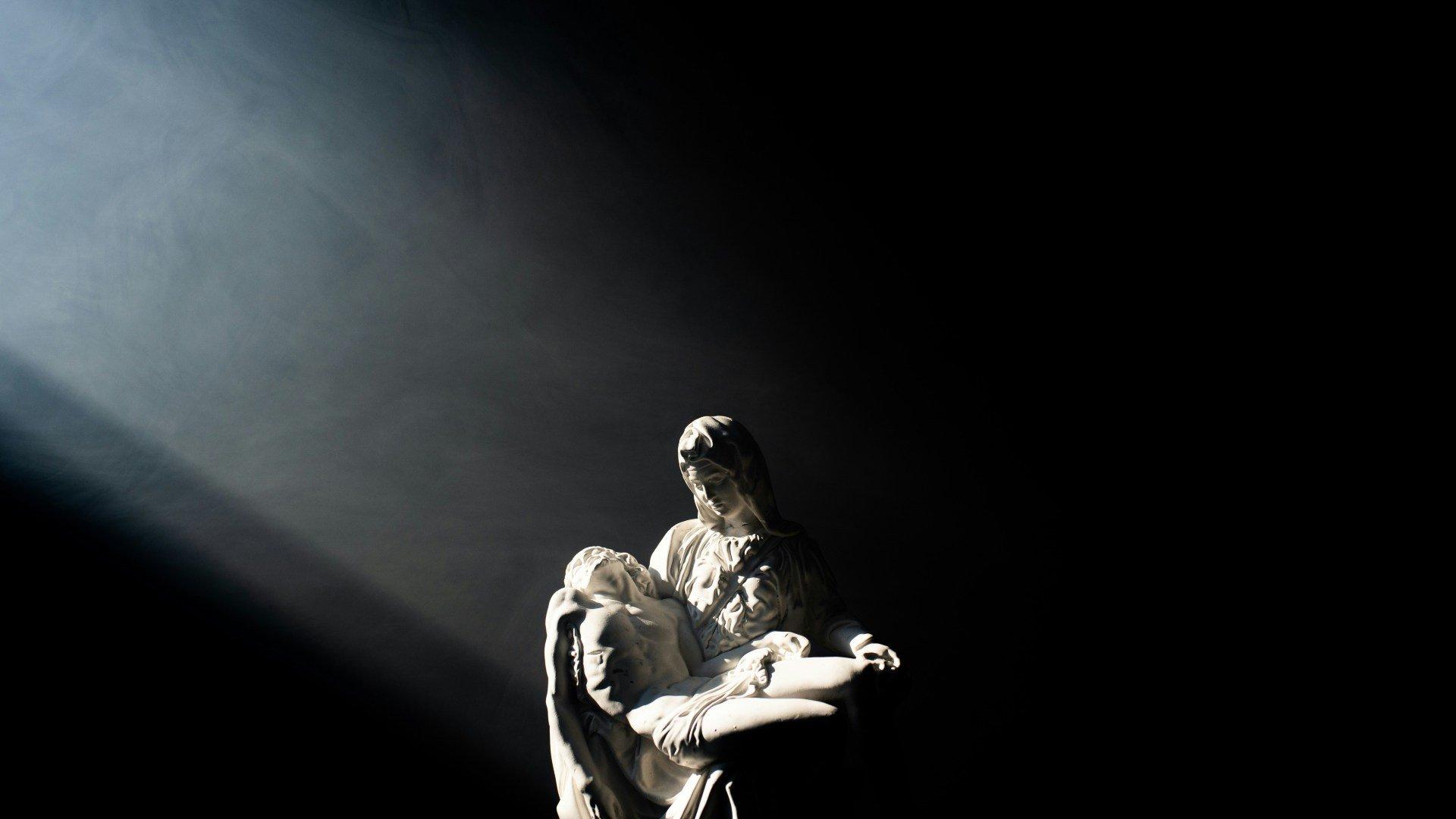
Catholics who attend these churches have expressed disagreement with the plan to close so many churches, insisting that church leadership is going too far and that they should leave parishes alone.
“To come to us and say we’re going to close two-thirds of the churches in this city is just untenable,” said Dorothy Rostkowsi, a member of Holy Rosary Church in Baltimore.
No Choice for Church Leadership
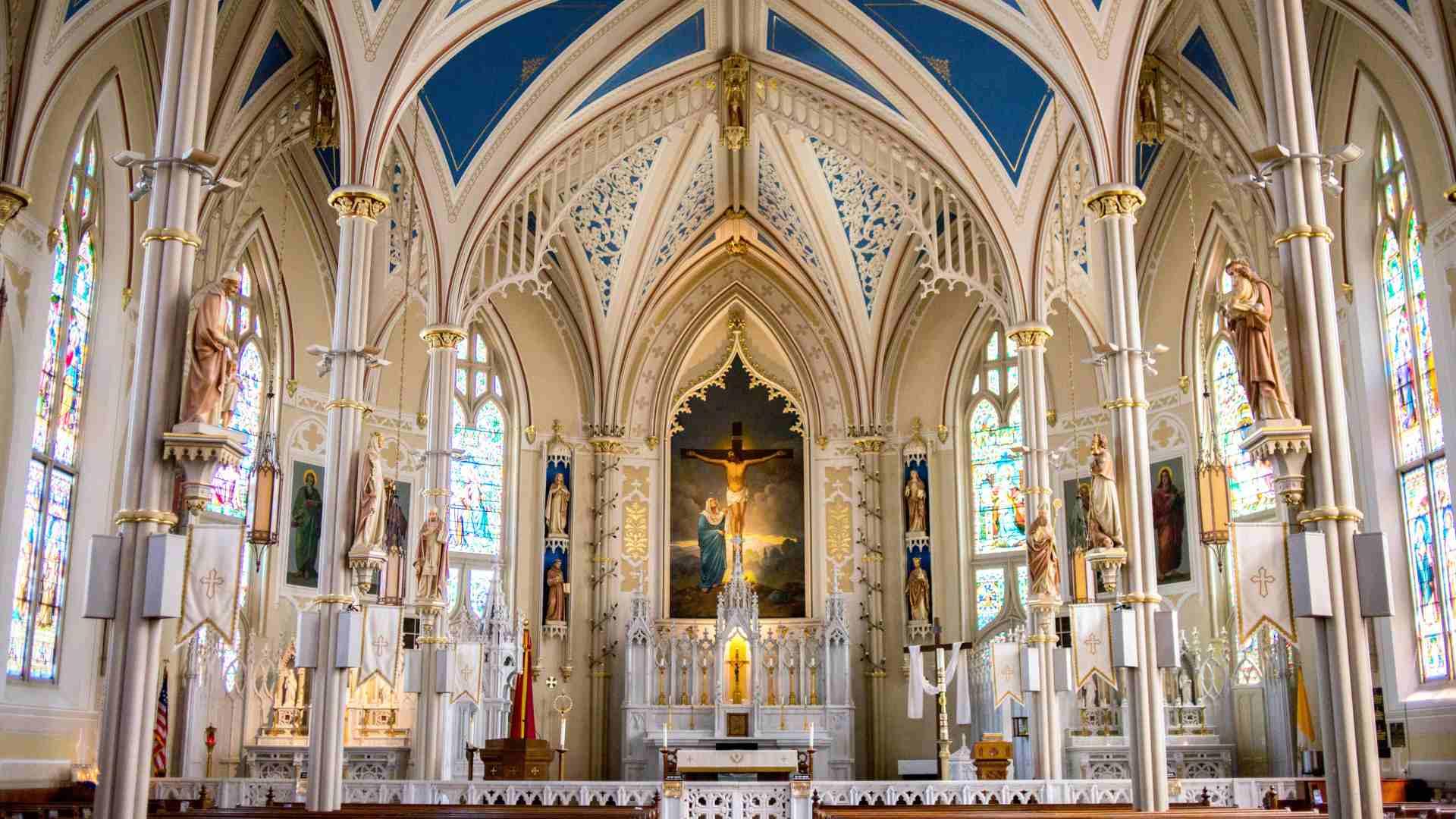
Church leaders have expressed sympathy for the feelings of Catholic parishioners, but feel that in the long run, this is the right decision to make.
“This is difficult. This is heart-wrenching. But we’re at a pivotal moment and we need to do this,” said Bishop Bruce Lewandowski.
More Funerals Than Baptisms
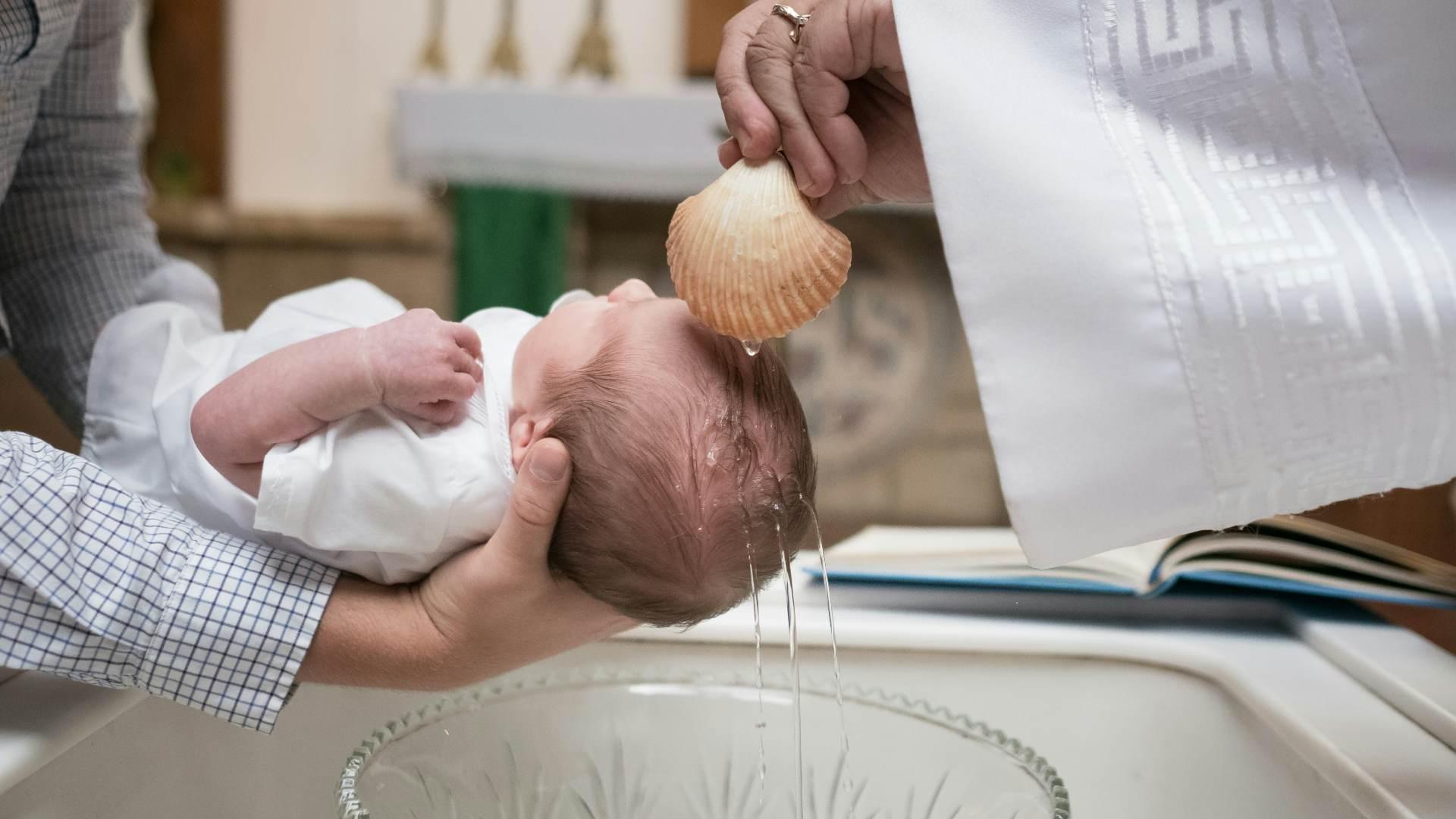
Officials assert that at many churches in the area, the number of funerals that are performed outnumbers the baptisms, which is not a good sign for the future of a church when more members are dying than being converted.
“34 parishes in Baltimore report more funerals than converts and baptisms combined,” the Baltimore Archiese wrote on their website.
Shrinking Population

The Baltimore Archdiocese gave several reasons why this move was being made that explain the area’s struggles.
One reason for the struggling churches was that the “Baltimore City population has declined 38% since 1950.” Data from the Census Bureau shows the decline is being driven by domestic migration, where people are leaving Baltimore for other parts of the country.
Pandemic Blame
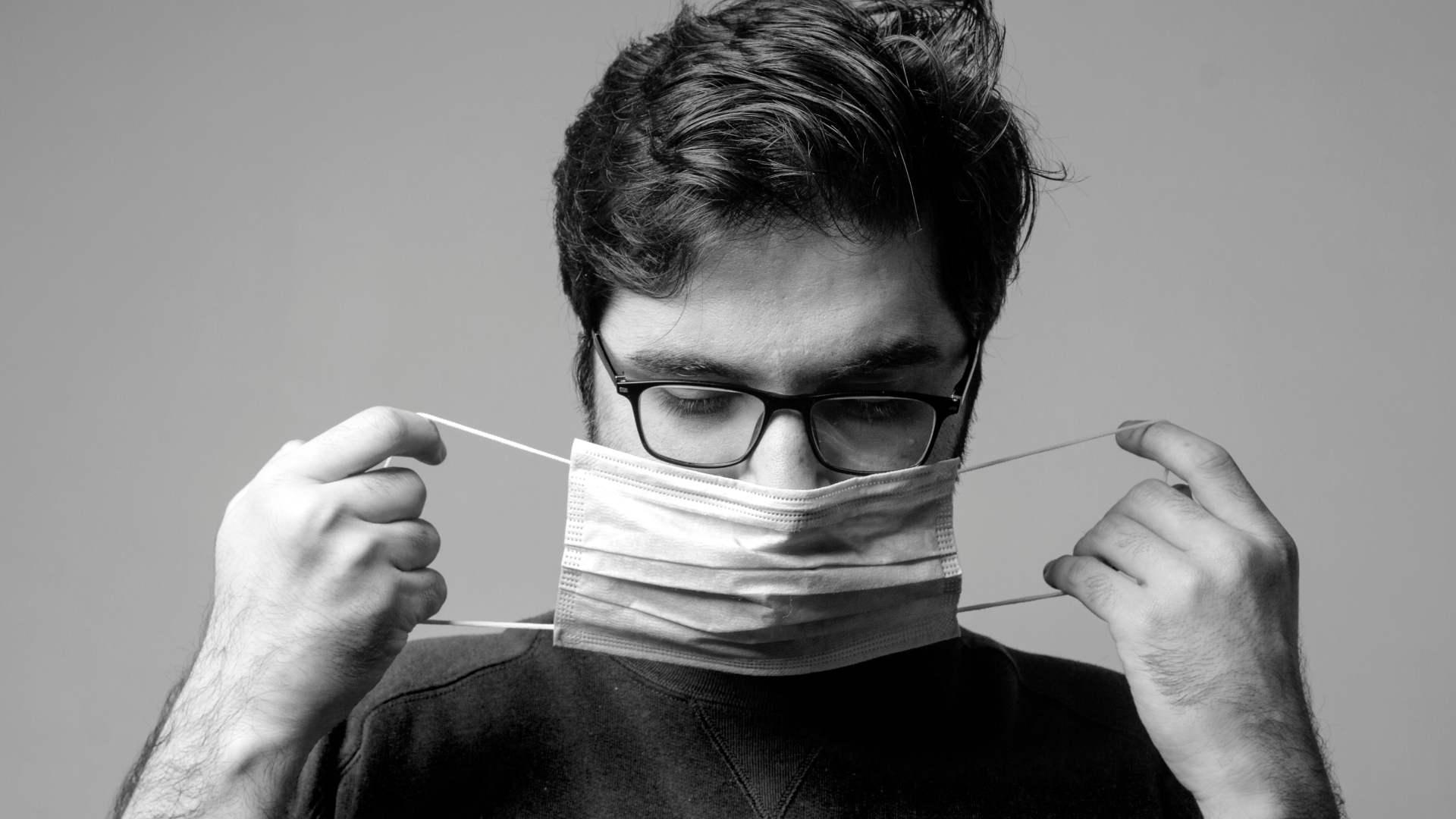
The Archdiocese also cited a struggle recovering from the COVID-19 pandemic which saw restrictions on how worshippers could attend service.
“COVID-19 has made this even more challenging, as our pews have fallen from 20% full in 2019 to only 9% full in 2022,” the Archdiocese of Baltimore said.
Old Buildings
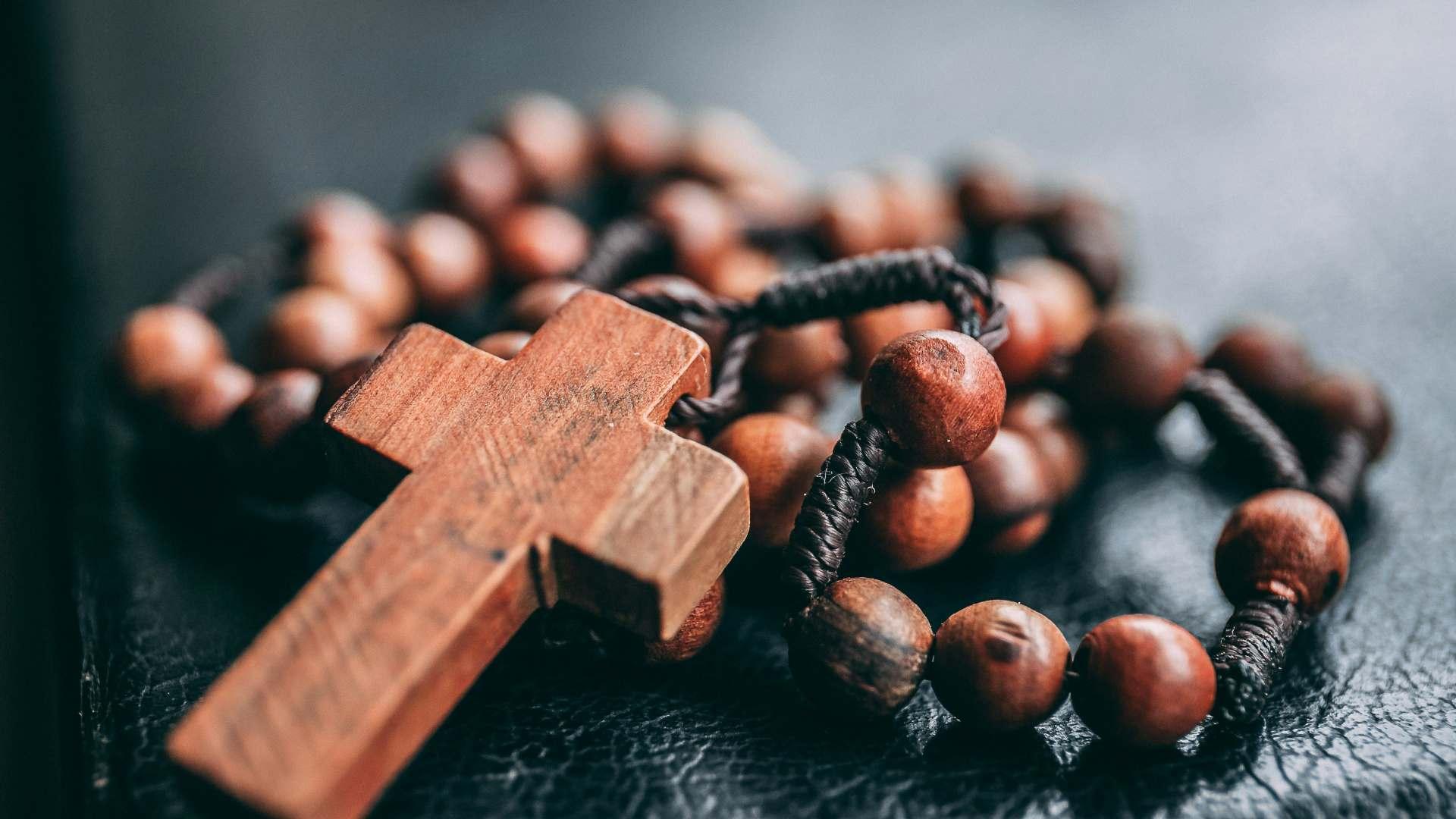
Because of how old the Archdiocese of Baltimore is, many of its beautiful buildings are increasingly old and in need of repair.
The Archdiocese also explained that these facilities are costly and that “The average Baltimore parish has over four times the space per parishioner than the rest of the archdiocese.”
More With Less
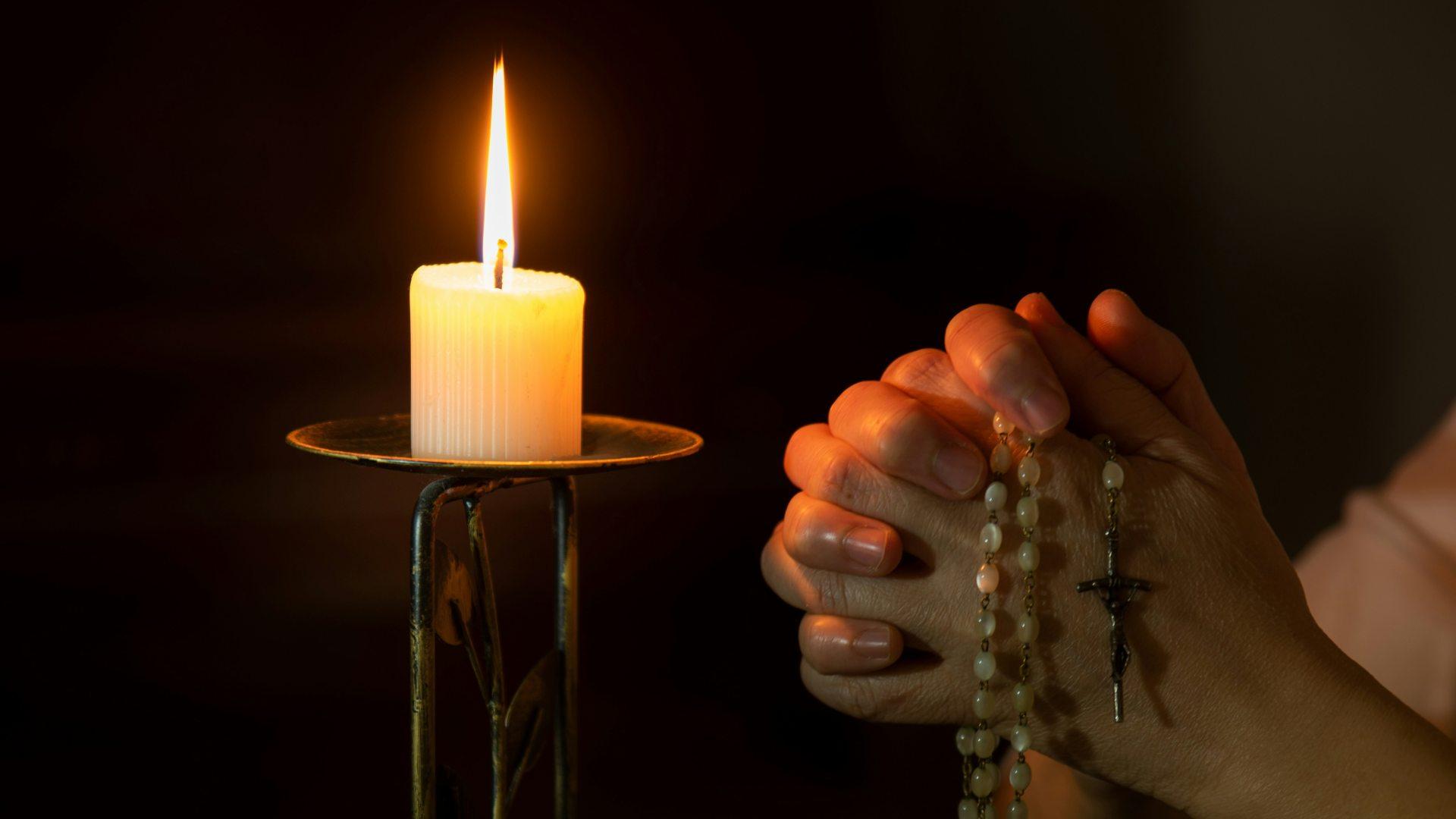
This move to consolidate parishes is seen as a necessary one by church leaders, who say they cannot fulfill the vision of the church in light of these various challenges.
“It’s getting harder to do more with less, many of the existing City parishes struggle to fulfill its Eucharistic vision due to the many challenges they face,” said Christian Kendzierski, executive director of communications for the archdiocese.
Effect on Black and Brown Catholics
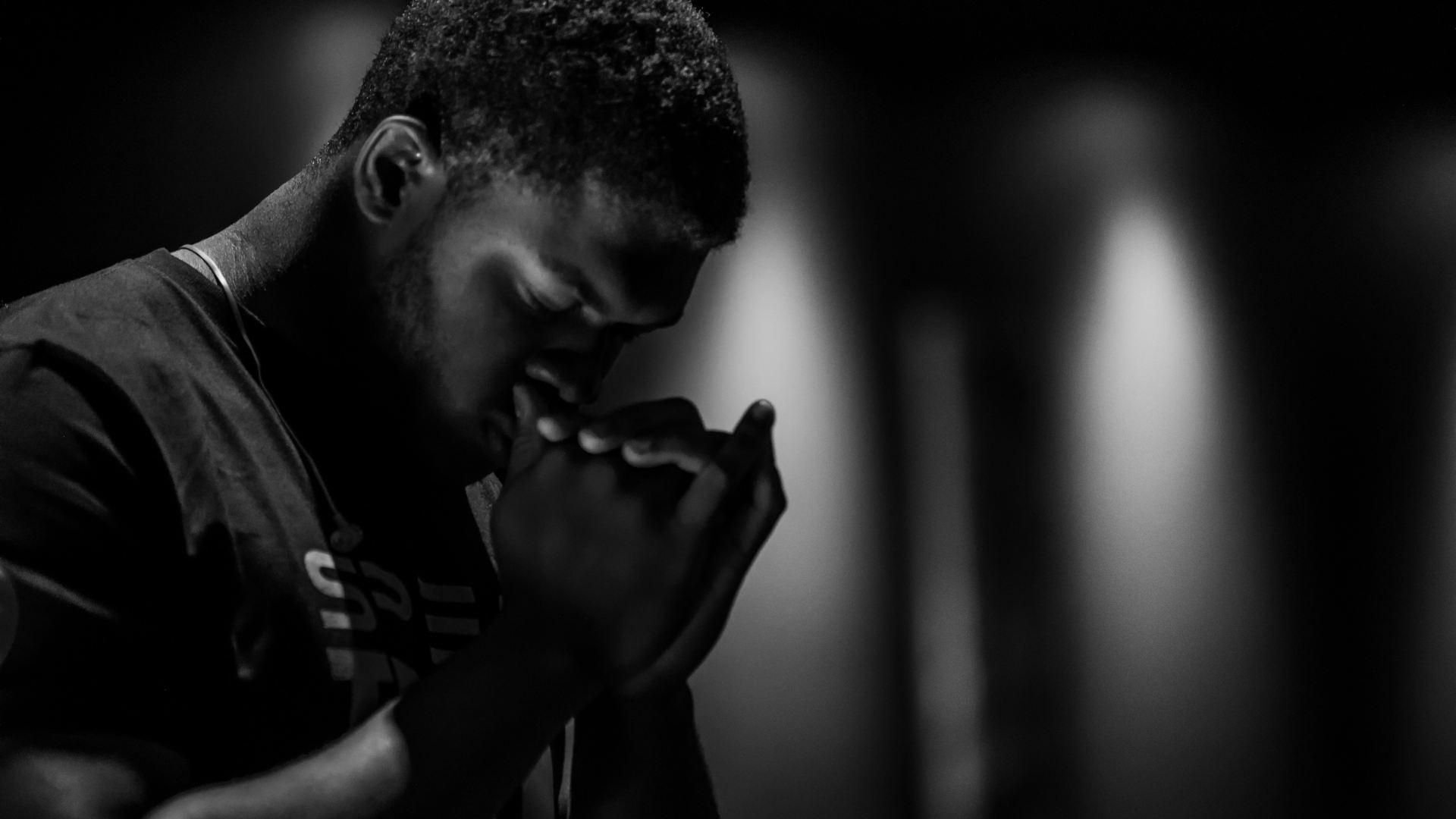
Across the country, parishes located in Black and Latino neighborhoods have been facing disproportionate closures. The number of Catholic parishes has declined by 9% between 1970 and 2020 according to a 2023 report from Georgetown University’s Center for Applied Research.
The report found in the dioceses studied, closures were more likely to happen in Black and Latino neighborhoods who have higher rates of poverty.
Priest Shortages
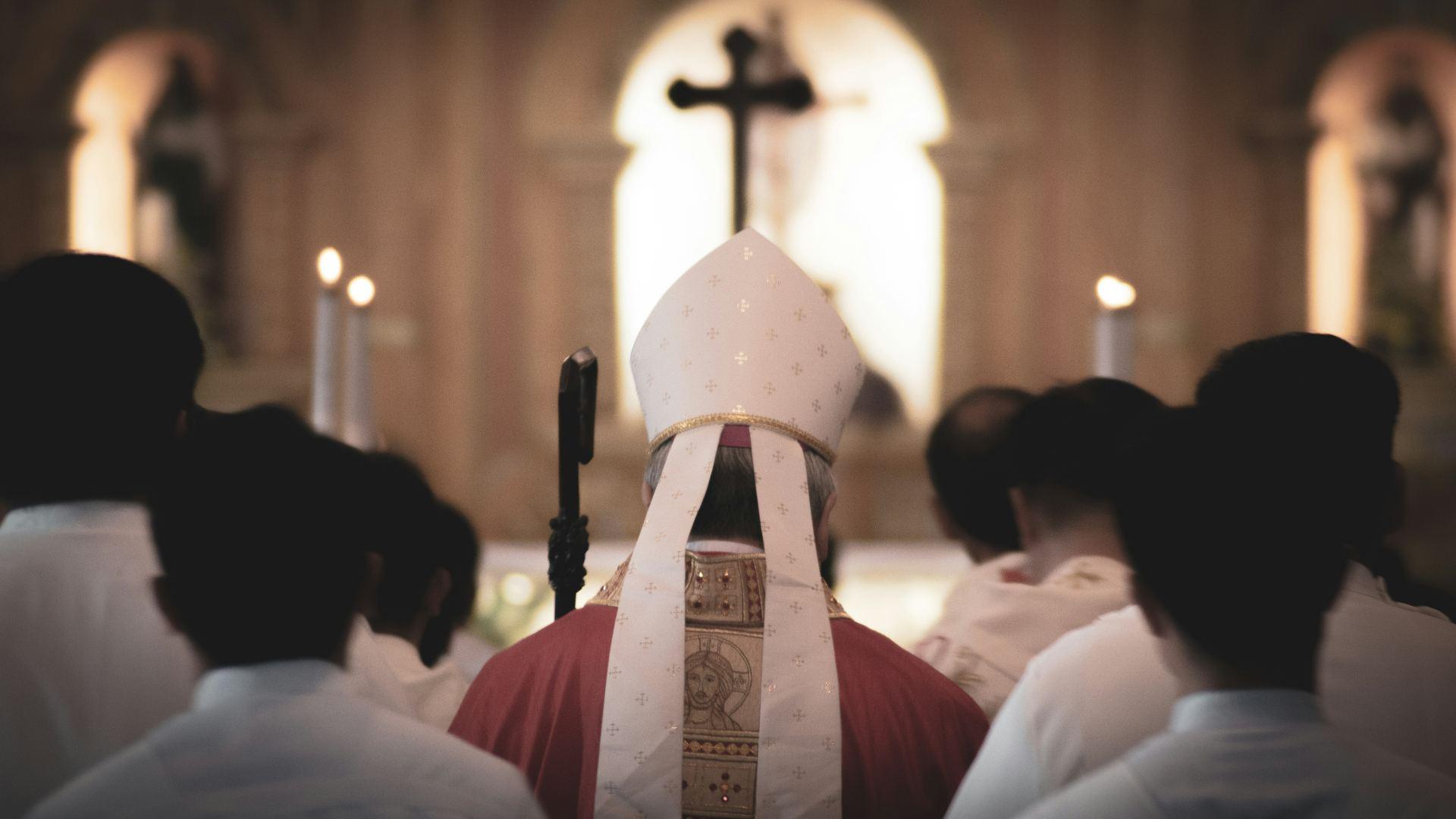
The total number of priests in the time period between 1970 and 2020 has declined by 40%. As these numbers decline, there is no one left qualified to run parishes, which leaves church leadership with no choice but to close.
Catholic rules say that these parishes have to be run by priests given authority under the closest dioceses, but if there are no priests available, then there aren’t many alternative options.

